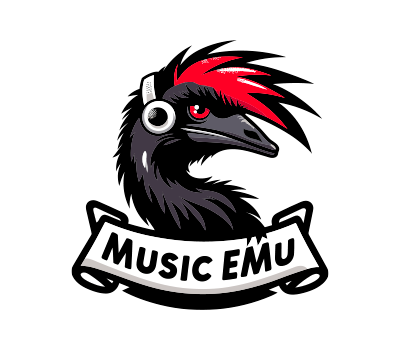Music and fashion have always been closely intertwined, with musicians often setting the trends for hairstyles and clothing. From the iconic beehive of the 1960s to the punk-inspired mohawk of the 1970s, music has had a significant influence on hairstyles and fashion. In this blog post, we will explore the relationship between music and hairstyles and how it has shaped the fashion industry over the years.
The Evolution of Music and Hairstyles
Music has always been a reflection of the times, and this is evident in the evolution of hairstyles. In the 1920s, the jazz age brought about the popular bob haircut, which was a symbol of rebellion and freedom for women. The opulent and sophisticated hairstyles of the 1930s, which drew inspiration from the height of swing music and Hollywood’s golden age, came after this.
The 1950s saw the emergence of rock and roll, with artists like Elvis Presley and Little Richard sporting iconic hairstyles such as the pompadour and the quiff. These hairstyles became a symbol of rebellion and youth culture and were often seen as a way to break away from the conservative norms of the time.
The 1960s and 1970s were a time of experimentation and self-expression, both in music and fashion. The Beatles and the Rolling Stones popularized the shaggy, unkempt look, while the hippie movement brought about long, flowing hairstyles and headbands. The 1970s also saw the rise of disco music, which influenced hairstyles such as the afro and the feathered look.
The 1980s were all about excess and individuality, and this was reflected in both music and fashion. The punk movement, with its rebellious attitude and edgy style, gave rise to hairstyles such as the mohawk and spiky, colored hair. The pop music scene also had a significant influence on fashion, with artists like Madonna and Michael Jackson setting trends with their bold and unique hairstyles.
The Influence of Music on Fashion
Just as music has influenced hairstyles, it has also had a significant impact on fashion. In the 1960s, the mod subculture, with its love for British rock bands like The Who and The Kinks, popularized the iconic mod look, which included tailored suits, slim ties, and Chelsea boots. This style became synonymous with the music of the time and was a reflection of the rebellious and anti-establishment attitude of the youth.
The 1970s saw the rise of disco music, which brought about a whole new fashion trend. Disco fashion was all about glitter, sequins, and bold colors, and this was reflected in both clothing and hairstyles. The 1980s, with their eclectic mix of music genres, saw a variety of fashion trends, from the preppy look inspired by bands like Duran Duran to the grunge style popularized by bands like Nirvana.
In recent years, we have seen the influence of music on fashion through collaborations between musicians and fashion brands. For instance, Kanye West’s Yeezy fashion line, which he created in partnership with Adidas, has drawn heavily from his music and sense of style. Similarly, artists like Beyoncé and Rihanna have launched their own fashion lines, which are a reflection of their music and personal fashion choices.
The Impact of Social Media
With the rise of social media, the influence of music on hairstyles and fashion has become even more significant. Platforms like Instagram and TikTok have made it easier for musicians to showcase their personal style and influence their followers. This has also given rise to a new trend of “music-inspired” fashion, where fans try to emulate the style of their favorite artists.
Conclusion
In conclusion, the influence of music on hairstyles and fashion is undeniable. From the rebellious looks of the 1950s to the bold and eclectic styles of today, music has played a significant role in shaping the fashion industry. We can anticipate seeing new trends and styles emerge as music continues to change in response to the sounds and attitudes of the day. So, the next time you’re getting ready for a night out, don’t forget to turn on your favorite music for some fashion inspiration.









